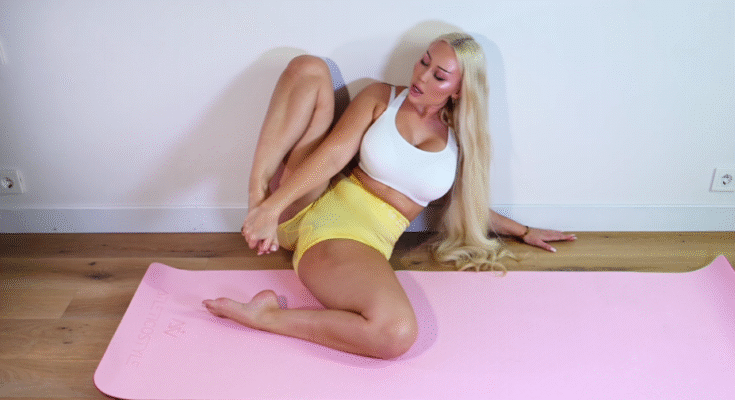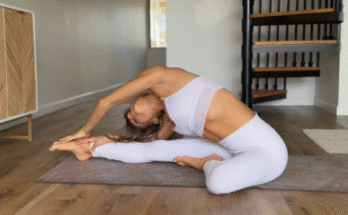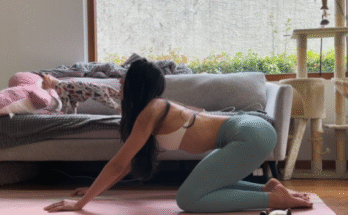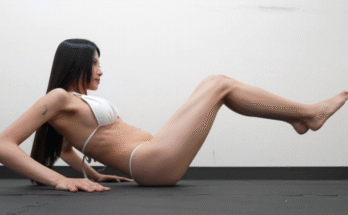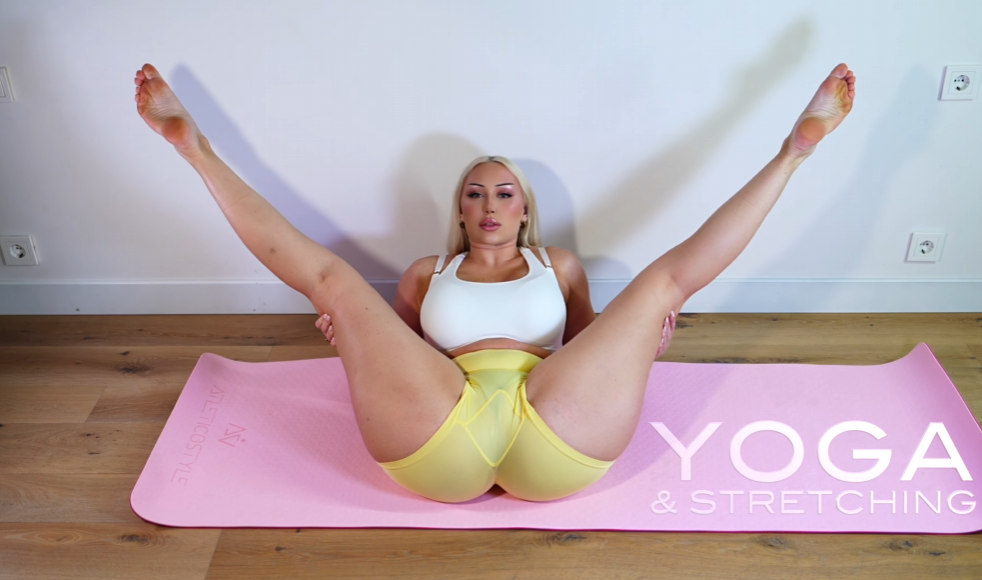
The hips are central to our mobility, balance, and overall physical health. Yet, despite their importance, they are often neglected in our daily routines. Tight hips can lead to discomfort, lower back pain, and restricted movement, which affects everything from walking to exercising. This is where deep hip stretches come into play—powerful exercises designed to release tension, improve flexibility, and restore natural mobility. In this article, we will explore the importance of hip flexibility, common causes of tight hips, and practical deep hip stretches that can transform your body and well-being.
Why Hip Flexibility Matters
Our hips are complex joints supported by muscles, tendons, and ligaments. They connect the lower body to the pelvis and spine, playing a crucial role in movements like bending, twisting, and walking. When hip muscles become tight, it can trigger a chain reaction of discomfort in the lower back, knees, and even shoulders. People who sit for extended periods, such as office workers, are particularly prone to hip tightness because prolonged sitting shortens hip flexors and weakens surrounding muscles.
Beyond physical health, flexible hips also support better posture, reduce injury risk, and enhance athletic performance. Athletes, dancers, and yogis all understand that a deep hip stretch is not just a luxury—it is essential for peak performance. For anyone looking to improve movement efficiency, reduce pain, or enhance their physical practice, deep hip stretches should be part of a daily or weekly routine.
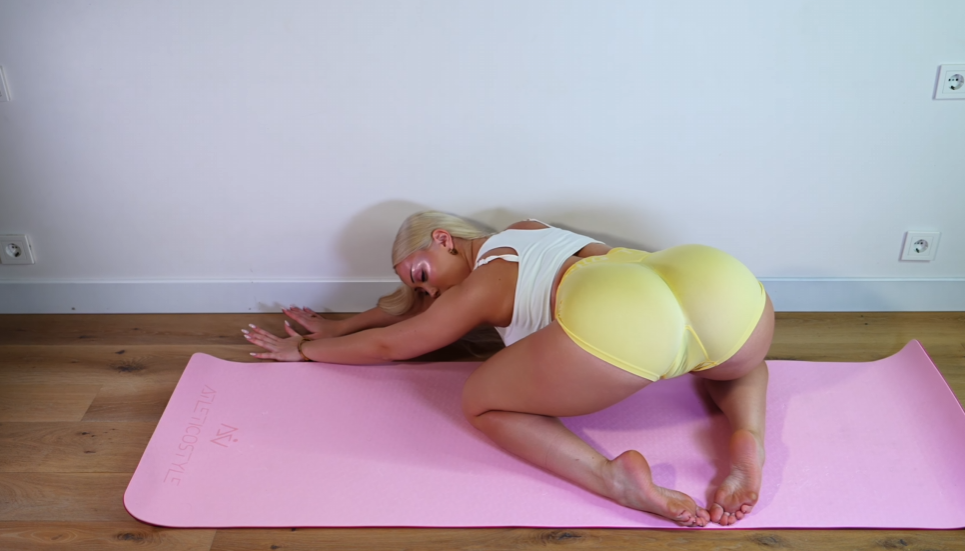
Common Causes of Tight Hips
Before diving into stretches, it’s important to understand what leads to hip tightness. Common causes include:
- Prolonged Sitting: Sitting for long periods keeps the hips in a flexed position, causing tightness in the hip flexors and psoas muscles.
- Poor Posture: Slouching or improper alignment puts extra pressure on the hips and surrounding muscles.
- Lack of Activity: Sedentary lifestyles weaken glutes and hip stabilizers, which reduces flexibility.
- High-Impact Activities: Running, jumping, or cycling without proper stretching can tighten hip muscles over time.
- Stress and Tension: Emotional stress can manifest physically, often resulting in a tight lower body and stiff hips.
Understanding the cause of tight hips helps in selecting the right stretches and avoiding injury.
Preparation for Deep Hip Stretching
Before beginning deep hip stretches, it’s important to prepare your body:
- Warm-Up: Engage in 5–10 minutes of light movement, such as walking, jogging in place, or dynamic leg swings, to increase blood flow to the muscles.
- Mindful Breathing: Controlled, deep breathing helps relax muscles and supports deeper stretching.
- Hydration: Hydrated muscles are more pliable, so drink water before and after your routine.
- Proper Equipment: Use a yoga mat or soft surface to protect your knees and joints during floor stretches.
Once prepared, you are ready to engage in stretches that target the hips effectively.
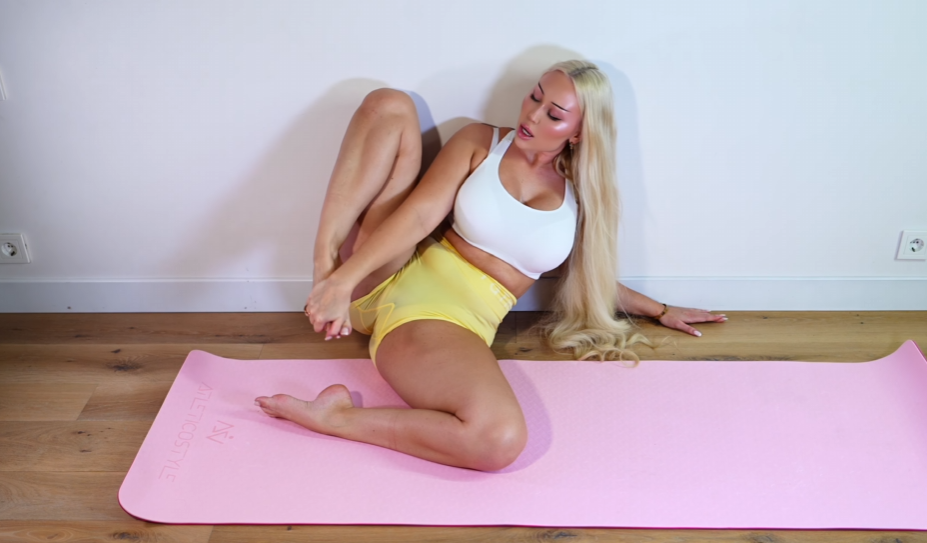
Top Deep Hip Stretches
1. Pigeon Pose (Eka Pada Rajakapotasana)
The pigeon pose is a staple in yoga for opening the hip joint deeply.
- How to Perform:
- Start in a high plank or downward dog position.
- Bring your right knee forward and place it behind your right wrist, with your shin angled slightly.
- Extend your left leg straight back, keeping your hips square.
- Slowly lower your torso over your front leg and rest on your forearms or forehead.
- Hold for 30–60 seconds, breathing deeply, then switch sides.
- Benefits: Stretches the hip flexors, glutes, and lower back. Improves overall hip mobility.
2. Lizard Pose (Utthan Pristhasana)
Lizard pose deeply opens the hip flexors and groin.
- How to Perform:
- From a low lunge with the right foot forward, place both hands inside your right foot.
- Slide your right foot slightly to the right, keeping your back leg extended.
- Lower your elbows to the mat for a deeper stretch, if comfortable.
- Hold for 30–60 seconds on each side.
- Benefits: Targets hip flexors, adductors, and groin muscles. Enhances hip joint range of motion.
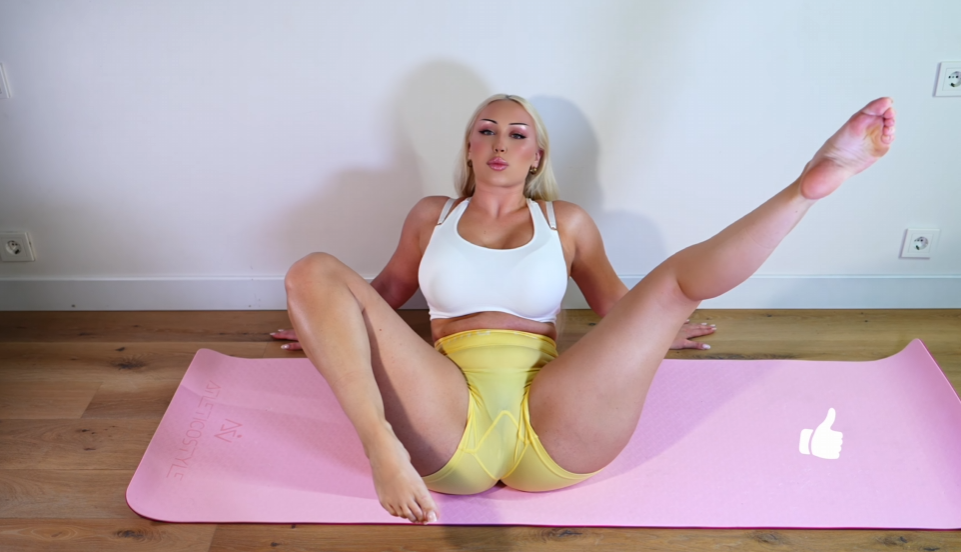
3. Butterfly Stretch (Baddha Konasana)
This classic stretch opens the inner thighs and hips.
- How to Perform:
- Sit on the floor with the soles of your feet together.
- Hold your feet with your hands and bring your heels close to your pelvis.
- Gently press your knees toward the floor.
- Maintain an upright spine or fold forward for a deeper stretch.
- Hold for 30–60 seconds.
- Benefits: Loosens inner thighs and groin muscles. Improves hip mobility and posture.
4. Seated Figure Four Stretch
This stretch targets the glutes and outer hips.
- How to Perform:
- Sit on a chair or the floor with your back straight.
- Place your right ankle over your left knee, creating a “figure four” shape.
- Gently press your right knee down to deepen the stretch.
- Lean forward slightly to intensify the stretch.
- Hold for 30 seconds on each side.
- Benefits: Releases tension in the glutes, piriformis, and outer hip.
5. Low Lunge with Side Stretch
This dynamic stretch combines hip flexor opening with side body lengthening.
- How to Perform:
- Start in a low lunge with your right foot forward.
- Extend your left arm overhead and slightly lean to the right.
- Keep your hips square and grounded.
- Hold for 20–40 seconds, then switch sides.
- Benefits: Stretches hip flexors, groin, and obliques. Enhances flexibility and posture.
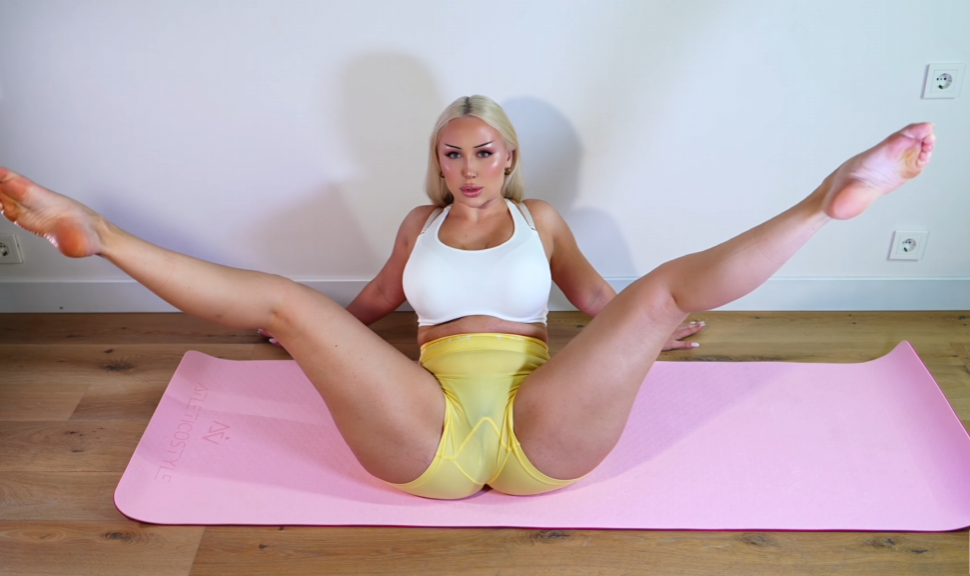
Tips for Effective Deep Hip Stretching
- Breathe Deeply: Relaxation comes from deep, consistent breathing. Exhale fully to allow muscles to release tension.
- Avoid Pain: Stretching should create a gentle pull, not sharp pain. Stop if you feel discomfort.
- Consistency Is Key: Daily or regular practice yields the best results. Flexibility develops gradually.
- Combine with Strengthening: Stretching alone is not enough. Strengthen glutes and core muscles to support healthy hips.
Benefits Beyond Flexibility
Incorporating deep hip stretches into your routine provides more than just flexibility. Some benefits include:
- Reduced Lower Back Pain: Open hips relieve tension in surrounding muscles.
- Better Posture: Flexible hips allow for proper alignment of the spine and pelvis.
- Enhanced Athletic Performance: Improved hip mobility contributes to better running, jumping, and overall movement efficiency.
- Emotional Release: Hips store stress and tension; stretching can promote relaxation and a sense of emotional release.
Conclusion
Deep hip stretches are essential for anyone seeking improved mobility, reduced pain, and overall body wellness. Whether you are an athlete, a yogi, or someone who spends hours sitting at a desk, dedicating time to hip flexibility can transform the way you move and feel. Incorporating stretches like the pigeon pose, lizard pose, butterfly stretch, and figure-four stretch into your routine will help you unlock the full potential of your hips, enhance posture, and create a sense of physical and emotional freedom.
Start with just a few minutes a day, listen to your body, and gradually explore deeper stretches. Over time, the benefits will become evident not only in your physical capabilities but also in your overall sense of well-being. Remember, flexible hips are the foundation of a mobile, balanced, and pain-free body.
